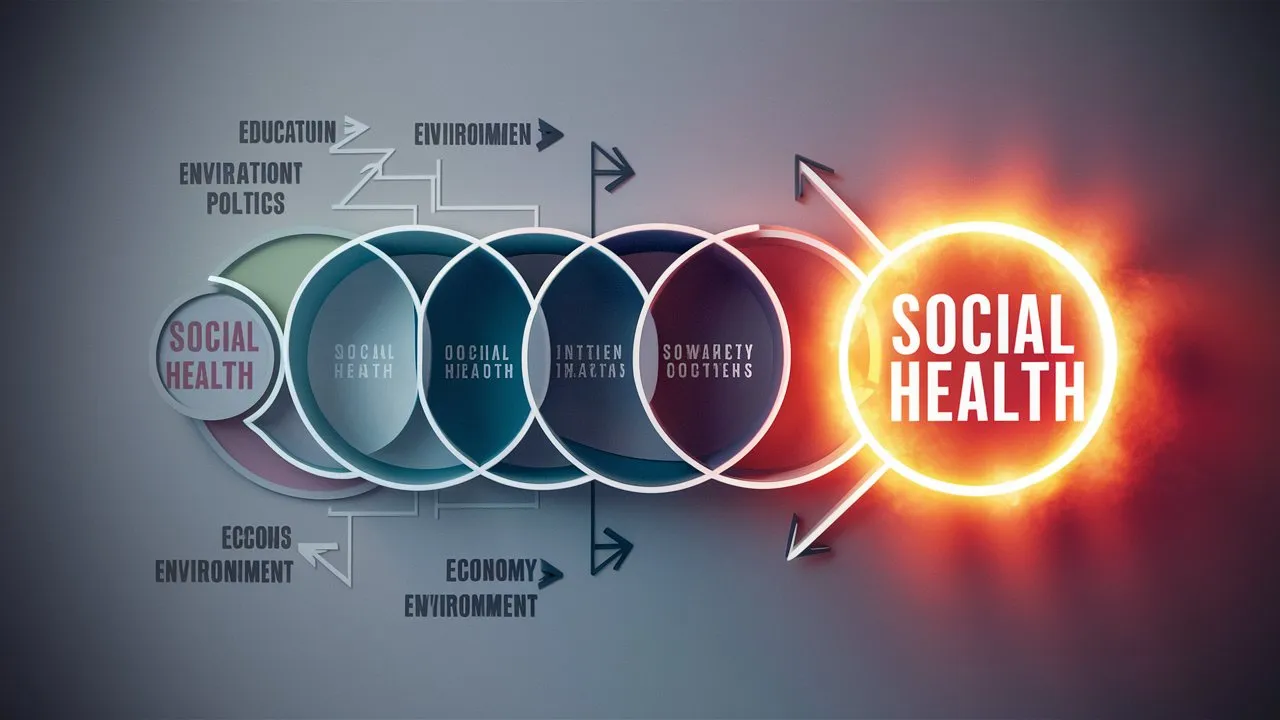Table of Contents
Navigating the minefield of health insurance can be challenging. Having so many alternatives and plans available can easily lead to feelings of overwhelm. This article will help you match the features and types of health insurance so you can uncover the best fit for your needs. By understanding what each type of health insurance offers, you’ll be better equipped to make an informed decision. Let’s dive into the essential aspects of health insurance and how you can choose the right plan for yourself and your family.
Understanding Health Insurance Basics

What is Health Insurance?
Health insurance is a contract that helps pay for medical bills. You pay a premium, and in return, the insurance company agrees to cover certain costs related to your health care, such as doctor visits, hospital stays, and prescription medications. Understanding this basic concept is the first step in matching the features and types of health insurance that will meet your needs.
Why is Health Insurance Important?
Health insurance is crucial because it protects you from high medical costs. Without it, a sudden illness or accident could leave you facing enormous bills that could be financially devastating. By securing the right health insurance, you ensure that you and your loved ones have access to necessary medical care without the burden of excessive costs.
Types of Health Insurance Plans
1. Health Maintenance Organization (HMO)
An HMO plan requires you to choose a primary care physician (PCP) who coordinates your care and refers you to specialists within the network. This type of plan often has lower premiums and out-of-pocket costs, but it limits your choices to a specific network of doctors and hospitals. If you’re looking to match the features and types of health insurance with a focus on affordability and managed care, an HMO might be the right fit.
2. Preferred Provider Organization (PPO)
A PPO plan offers more flexibility when it comes to choosing healthcare providers. You can see specialists without a referral and receive care from out-of-network providers, although at a higher cost. If you value flexibility and choice, a PPO could be the best option as you match the features and types of health insurance that align with your preferences.
3. Exclusive Provider Organization (EPO)
An EPO plan is a blend of HMO and PPO plans. It offers the flexibility of seeing specialists without a referral, but you must stay within the network for your care to be covered. This type of plan typically has lower premiums than a PPO but higher than an HMO. Consider an EPO if you want a balance between cost and flexibility while you match the features and types of health insurance available to you.
4. Point of Service (POS)
The features of both HMO and PPO plans are combined in a POS plan. Like an HMO, you’ll need a referral from your PCP to see a specialist, but like a PPO, you can see out-of-network providers at a higher cost. This plan might be ideal if you want the option to go out-of-network while still having a primary care coordinator. If balancing cost, flexibility, and coordinated care is important to you, a POS could be the perfect fit when you match the features and types of health insurance.
5. Health Savings Account (HSA) paired with High-Deductible Health Plan (HDHP)
An HDHP comes with lower premiums but higher deductibles. This type of plan is often paired with an HSA, which allows you to save money tax-free for medical expenses. If you’re healthy and don’t expect to need much medical care, an HDHP with an HSA might be a smart choice as you match the features and types of health insurance that fit your financial strategy.
Important Things to Think About When Selecting Health Insurance
Premiums
The premium is the amount you pay each month for your health insurance. When you match the features and types of health insurance, it’s essential to consider how much you can afford to pay monthly without compromising other financial obligations.
Deductibles
A deductible is the amount you pay out-of-pocket before your insurance begins to cover your medical expenses. Premiums for plans with larger deductibles are typically less. If you’re considering an HDHP, be sure to evaluate your ability to pay the deductible if needed.
Copayments and Coinsurance
Copayments are fixed amounts you pay for specific services, like a doctor’s visit, while coinsurance is the percentage of costs you pay after meeting your deductible. These costs can add up, so it’s crucial to match the features and types of health insurance with what you’re comfortable paying when you need medical care.
Out-of-Pocket Maximums
This is the most you’ll have to pay for covered services in a year. After you reach this limit, your insurance covers 100% of your costs. When choosing a plan, it’s essential to know this limit to avoid unexpected expenses.
Network of Providers
A network of physicians, hospitals, and other healthcare providers is part of every health insurance plan. If you have preferred doctors or facilities, make sure they are included in your plan’s network. This will help you match the features and types of health insurance with your existing healthcare relationships.
How to Choose the Best Health Insurance Plan
Assess Your Health Care Needs
Before you can match the features and types of health insurance effectively, consider your healthcare needs. Do you visit the doctor frequently? Do you take prescription medications regularly? Are you planning a family? Knowing what you need will help you select a plan with the appropriate amount of coverage.
Compare Costs
It’s not just about the premium. Look at the total cost of the plan, including deductibles, copayments, and out-of-pocket maximums. Balancing these costs with the coverage offered will help you match the features and types of health insurance that provide value for money.
Evaluate the Network
Check the network of each plan you’re considering. If keeping your current doctors is important to you, ensure they are included in the network. This will help you maintain continuity of care and avoid unexpected out-of-pocket costs.
Consider Your Financial Situation
Your budget plays a significant role in your decision. If you’re trying to save on monthly premiums, you might consider a plan with a higher deductible. On the other hand, if you prefer to have most of your medical costs covered with minimal out-of-pocket expenses, a plan with higher premiums and lower deductibles might be better.
Also Read: Intervening Cause in Social Health: Uncover the Hidden Impact
Making the Right Choice

Choosing the right health insurance is a personal decision that depends on various factors, including your health needs, financial situation, and preferences. By carefully considering these aspects, you can match the features and types of health insurance that offer the best protection for you and your family. Remember, the right plan not only provides coverage but also gives you peace of mind, knowing you’re prepared for whatever comes your way.
It is essential to take the time to match the features and types of health insurance to your unique situation. This ensures that you select a plan that offers the coverage you need at a cost you can afford. Make informed decisions, and you’ll be well on your way to uncovering the best fit for your health insurance needs.



